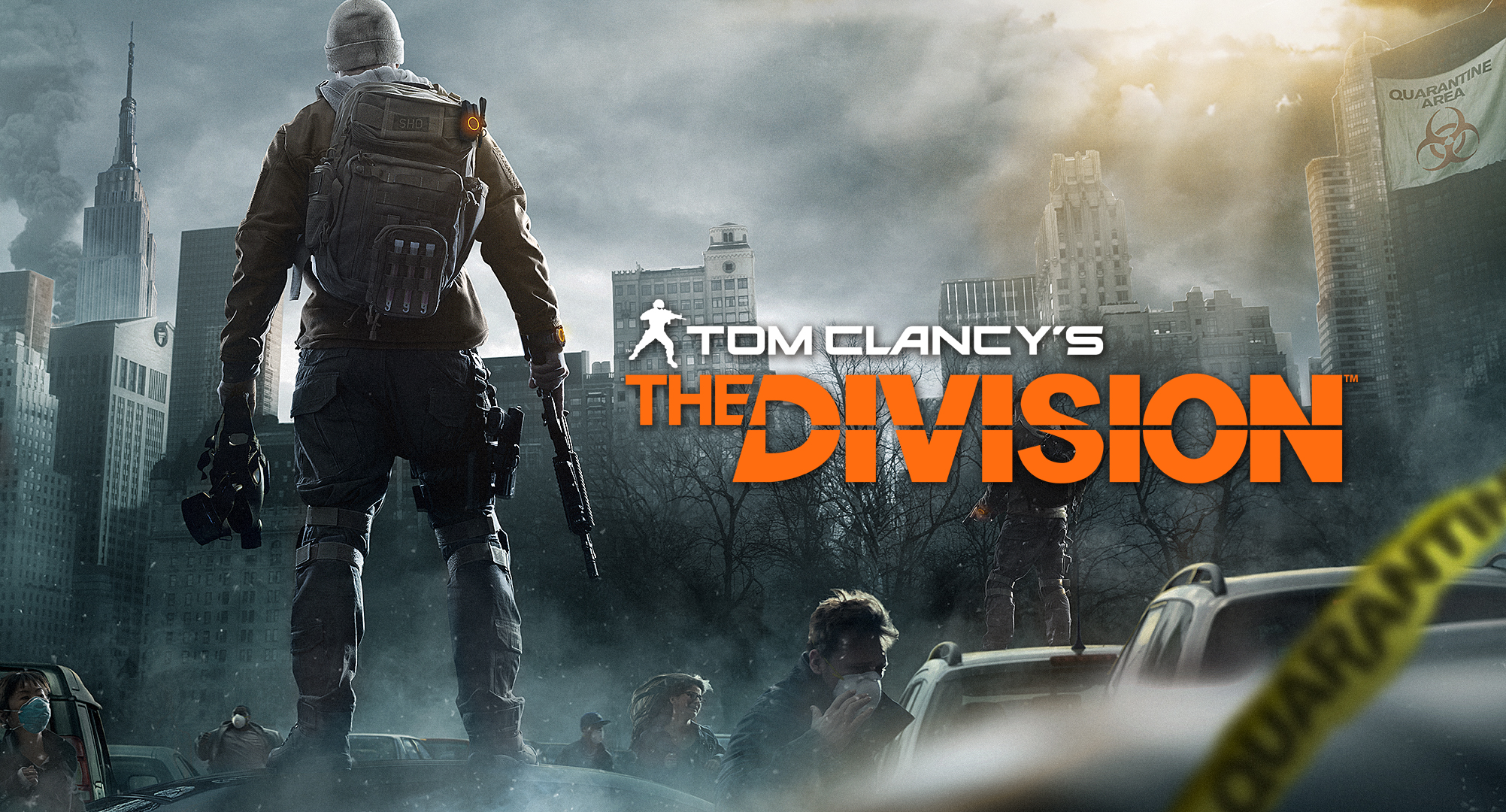Nearly three years after its reveal, “Tom Clancy’s The Division” has gone online. The game is a mixed bag of some good and some bad. The multiplayer-heavy military RPG starts off strong but falters at the middle mark, before introducing an engaging end-game activity that shows how good the game could have been.
The premise behind The Division’s story is great. It is a fun twist on the apocalyptic genre that poses a frightening what-if scenario. On the United States’ infamous Black Friday, bioterrorists release a deadly weaponized strain of smallpox that spreads through the exchange of currency on a day when masses of people are out interacting with each other.

You play as an agent of The Division, a task force operating out of New York that is attempting to take back the city from various rioter factions that took advantage of the country essentially shutting down entirely. The design of an abandoned New York perpetually stuck in holiday decoration mode is great. I enjoyed walking around the various blocks of the city looking at the impressive detail the developers put into both the streets and inside buildings. This fascination only lasted for the first ten hours or so, after which many aspects of the game began to fall apart for me.
The RPG elements of the game also start out strong, but taper off as the process of leveling up begins to drag on. I did enjoy testing out the different abilities early on, such as the ability to buff up a piece of cover or having a small deployable turret. But these abilities get less interesting and never really beat out the early ones. I found myself briefly switching to my newly unlocked skills, only to switch back to the better ones that I had forever.
An RPG should make leveling and unlocks significantly better than what you have early in the game. This is incredibly important to the sense of progression the player feels. And once I passed the initial excitement, I found there to be very little incentive to level and get new items. Because this is a realistic military RPG, the guns are all visually uninteresting and getting the highest level guns is no more fun than getting a slightly better rifle than you already have. There is nothing to visually distinguish the “exotic” gear that you are supposed to work so hard to earn. The same can be said for the appearance items. Though I do like the ability to use the same clothing items even when you switch out for better armor. This allows you to keep a visual identity for your character while still getting better gear.

The gunplay in the game is probably its strongest aspect of gameplay. The Division is actually a very competent cover-based shooter. The AI is smart enough to keep in cover when you are aiming at enemies and dangerous enough to rush you when you are reloading. But just as with everything else in the game, this loses appeal after enough play time. The Division is designed to be a long-term investment game. It can be looked at as more of a service than a single game that you finish and move on from. The problem I find with that though, is that The Division ends up not being interesting enough to hold my attention for the 20 hours it takes to reach the level cap.
Once the player does reach that cap, they are intended to jump into the competitive-focused player versus player Dark Zone. The best items in the game are found in this area, but you run the risk of being killed by other players at any time. The game becomes much more tense in this zone, as it is the only place that other players can appear in a threatening way. While this part of the game is great, it only made me realize how much I wanted the main part of the game to work the same way. Without other players, the main city feels lifeless and sterile compared to the Dark Zone, especially after spending enough time in the PvP area.
The game is great for about 15 hours at most, especially if you have friends to play with. After playing for about 10 hours solo, the amount of fun I was having greatly increased when I joined up with a partner. I was then allowed to explore my skills in a new way that catered to cooperative play. But most of the added fun from co-op came from the fact that we were basically playing a good third person shooter, not that we found an engaging new RPG to invest our time into.


